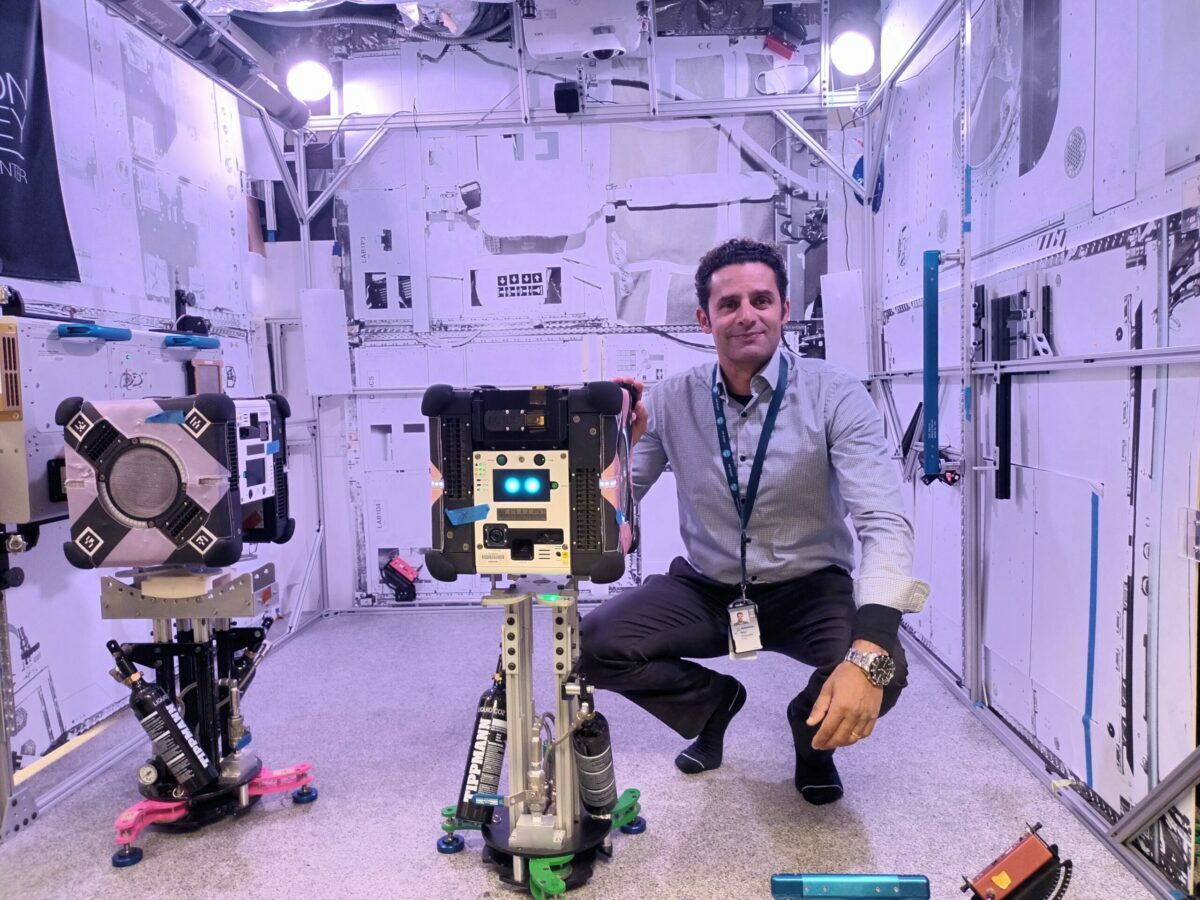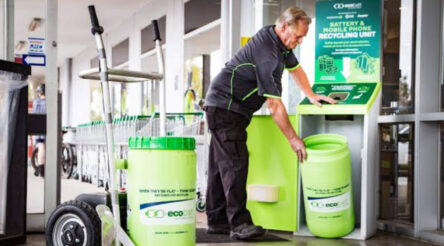CSIRO scanning and mapping tech to be used on International Space Station

3D mapping technology designed by CSIRO has reached the International Space Station, following a launch from Cape Canaveral Space Force Station last week, the nation’s scientific agency has announced.
According to a statement from CSIRO on Monday, astronauts on the ISS will fit the device onto NASA’s Astrobee robotic platform.
Dr Marc Elmouttie, a CSIRO Research Group Leader, said their system will create three-dimensional maps of the orbiting laboratory in greater detail than has been achieved before.
The improved sensing and mapping could lead to better-performing robotic systems on spacecraft, perhaps performing autonomous caretaker operations in future, he shared.
“The device combines two CSIRO technologies – Stereo-Depth Fusion and Wildcat Simultaneous Localisation and Mapping – to produce high-quality data about the surrounding environment and its own movements through space,” said Marc Elmouttie in a statement.
“It is designed to showcase its potential to conduct full 3D internal scans, to help keep track of the movement of inventory around the station and assist astronauts and mission controllers in planning activities onboard the station.
“Combining information from a range of different sensors allows us to know not only what the robot’s surroundings look like, but also how that robot is moving through three-dimensional space.”
The payload was developed in partnership with Boeing, with the support of the ISS National Laboratory and NASA Ames Research Centre. It makes use of CSIRO’s heritage in remote mining operations technology and its work in scanning for various industries.
Wildcat SLAM was developed by CSIRO’s Data61, and used by the team that placed second in the DARPA SubT Challenge. Wildcat has also been used by drone company Emesent and in a “Robotized Cherenkov Viewing Device” (RCVD) developed in a collaboration between Hungarian robotics company Datastart and the International Atomic Energy Agency for a nuclear energy site in South America.
CSIRO said that if the multi-resolution scanning payload (pictured next to Elmouttie) used on the ISS succeeds in the demonstration, it will be developed for other space applications, including “environments that are not fully crewed at all times and require remote monitoring and management”.
“This is really a jumping-off point for us. Once we’ve confirmed this type of payload can do the job, then the sky’s the limit,” said Elmouttie.
Dr Ryan Reeves, technical director of research and innovation for the ISS National Laboratory, said: “We look forward to the results from this project and the impacts it may have on the future of the low Earth economy.”
The payload was launched from Cape Canaveral in Florida on Friday, and is currently “safely bound for the orbiting laboratory”. Its first experimentation run is slated for the Japanese Kibō module.
Picture: supplied
Further reading
Nuclear inspection robot promises safer inspection of fuel ponds
CSIRO aims for machines to maximise human intelligence
@aumanufacturing Sections
Analysis and Commentary Awards Defence Manufacturing News Podcast Technology Videos










